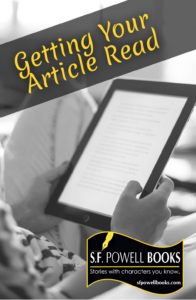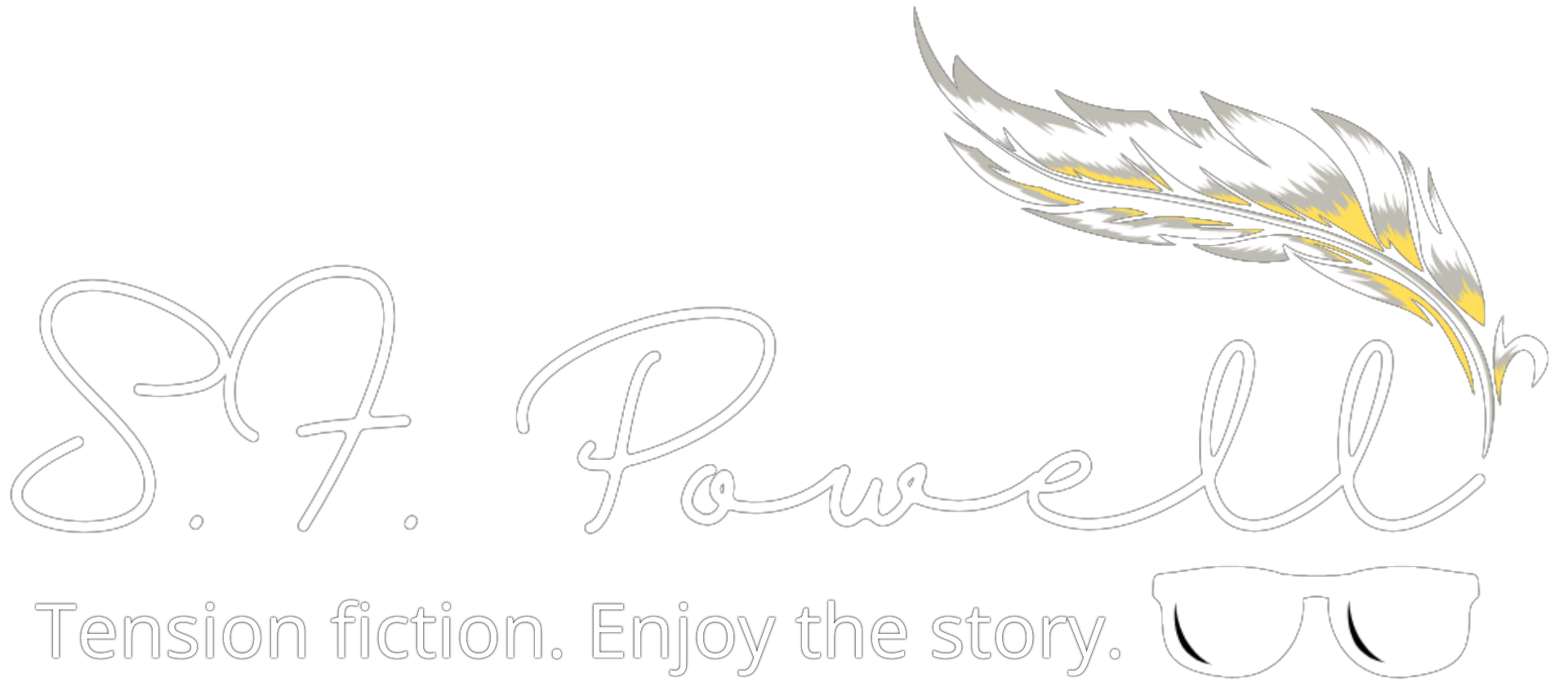Getting Your Article Read

In a previous blog, I discussed utilizing an outline as a writing tool to create articles. For those who publish articles for a source of income, many likely feel it’s too much work and a waste of time—especially if no one reads them. On the other hand, potential readers likely feel the same—especially if articles are dull and bland. Those of us who write for the joy of it (and not income), don’t have the same viewpoint. We still, however, hope readers are entertained enough to become repeat ‘offenders.’ In the end, though, blogs/articles are supposed to be read. Their purpose is to impart your message and/or information. If articles aren’t read … well, it simply just isn’t fun, regardless.
But the first step to having an article read: writing it. ‘Good’ is relative, but writing a good article doesn’t have to be a pain. Using various guidelines and writing tools (outlines, anyone?), once you get the hang of it, writing blogs/articles can be fun, as well as profitable.
Of course, for your website, the majority of your articles reflect something you know about; it’s why you own a site. Writing about your website topic or theme is less difficult because you’re already prepped with a certain knowledge base. But with quality research, adding a few articles not related to your site adds a level of surprise and keeps things fresh. It’s just a matter of making your articles creative and interesting.
Gaining Article Interest
To make your articles readable and interesting such that they get read and are enjoyed, here are a few tips.
-
- Create an attention-grabbing title. As this is the first thing a reader sees, entice their curiosity with the title, and you’re halfway to getting the article read. Statements and questions utilizing keywords people are looking for, works great. Provide titles or headers describing the article’s content but keep them short and concise. Titles using words like, ‘Tips’ and ‘How to’ are quick attention grabbers. Titles that ‘command’ readers, using phrases like ‘Make Your …’ for example may prompt further reading. These types of titles target one’s emotions, generating interest.
-
- Short paragraphs rule. When paragraphs are consistently long, it’s likely you’ve repeated yourself or gone off topic. For the reader, the words may appear jumbled, confusing, and hard to read. As a result, said reader will disregard those long paragraph(s) and move on to much easier reading. Articles with mostly short paragraphs are also visually appealing. And hey: paragraphs can be a single sentence—or even a single word.
-
- The value of bullets/numbering. Numbers or bullets make key points easier to remember and digest. Format bullets and numbers with indentations so that your article doesn’t have blocks of square text. Back to the visually appealing factor: bullets add a bit of flair and spark to the article’s shape.
-
- Use Sub-headings. Sub-headings break supporting points into sections, making it easier for readers to move from one point to the next. They help readers transition through the theme of your article.
-
- Just the facts. Utilize figures when necessary. Using specific facts and figures enhance your article because it adds some authority. And although facts are serious business, keep things light and friendly where possible.
Holding Interest from Start to Finish.
From the opening paragraph, using relatable real-life situations, good descriptions, and metaphors is valuable in driving up reader interest. Applicable examples with graphic metaphors and similes make it easier for readers to ‘visualize’ the discussion. Applying these a few or all of these tips, create an enjoyable and absorbing article/blog experience.

